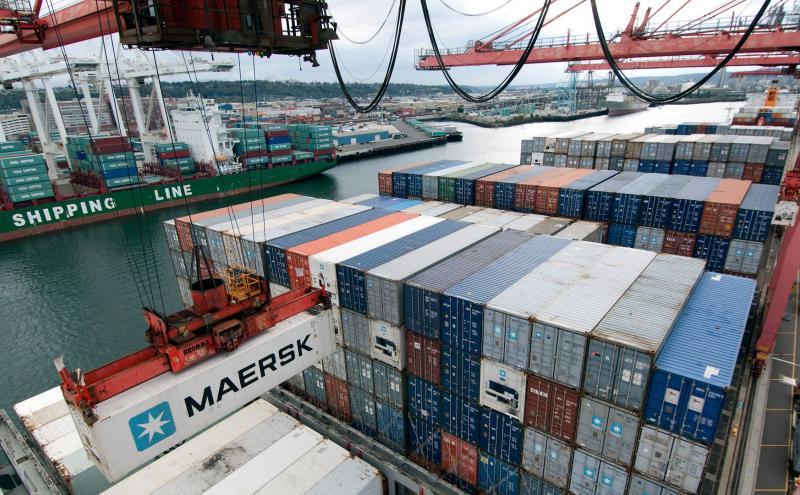
Today the ports of Seattle and Tacoma issued the following joint statement:
“The ports of Seattle and Tacoma will file a discussion agreement with the Federal Maritime Commission on Friday that will allow us under federal regulations to gather and share information to identify potential options for responding to unprecedented industry pressures.
“While the ports of Tacoma and Seattle have many advantages, such as naturally deep water and
strong highway and rail connections to the second-largest concentration of warehouses and distribution centers on the West Coast, we must leverage our strengths in the face of continued soft demand and increasing competition.
“The ports of Seattle and Tacoma face fierce competition from ports throughout North America and must adjust to shifts inthe global maritime industry. Global shipping lines, continuing to lose millions of dollars each year, are investing in larger vessels with more capacity, sharing those vessels, consolidating terminals and reducing the number of ports at which theycall.
“These discussions are aimed at increasing our collective market share and generating more container cargo movingthrough Puget Sound, the nation’s third-largest container gateway. We value our responsibility to serve the citizens of Pierceand King counties—and the manufacturers and agricultural exporters throughout the state—to continue to support thousands of jobs and generate significant tax revenues to state and local governments.
“The agreement allows the two ports, with appropriate legal oversight, to share information about their respective operations, facilities and rates. Both port commissions agree that a change in governance, such as a merger, will not be part of this discussion and no subsequent outcomes are presupposed.
“Both ports are committed to financially viable business models that support customer success, benefit the citizens of both counties and ensure the ability of the ports to reinvest in terminal assets and infrastructure.”

